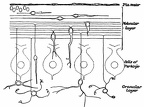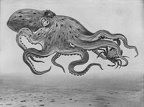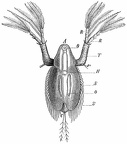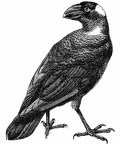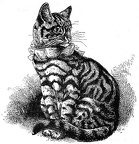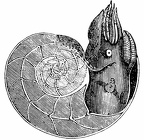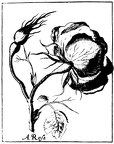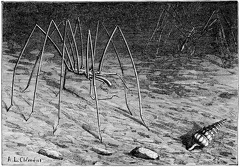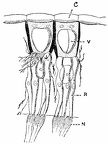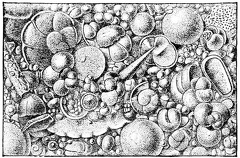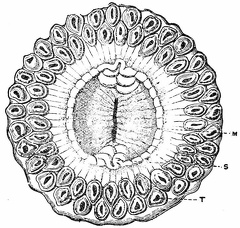50 photos
Home / Albums / Natural History 8
-
Amphibians
15 photos -
Crustaceans
70 photos -
Fish
19 photos -
Molluscs
1 photo -
Worms
11 photos -
Miscellaneous
19 photos -
Birds
254 photos -
Mammals
233 photos
488 photos in 11 sub-albums -
Insects
209 photos -
Reptiles
63 photos -
Shellfish
26 photos -
Plants
155 photos
7 photos in 1 sub-album





